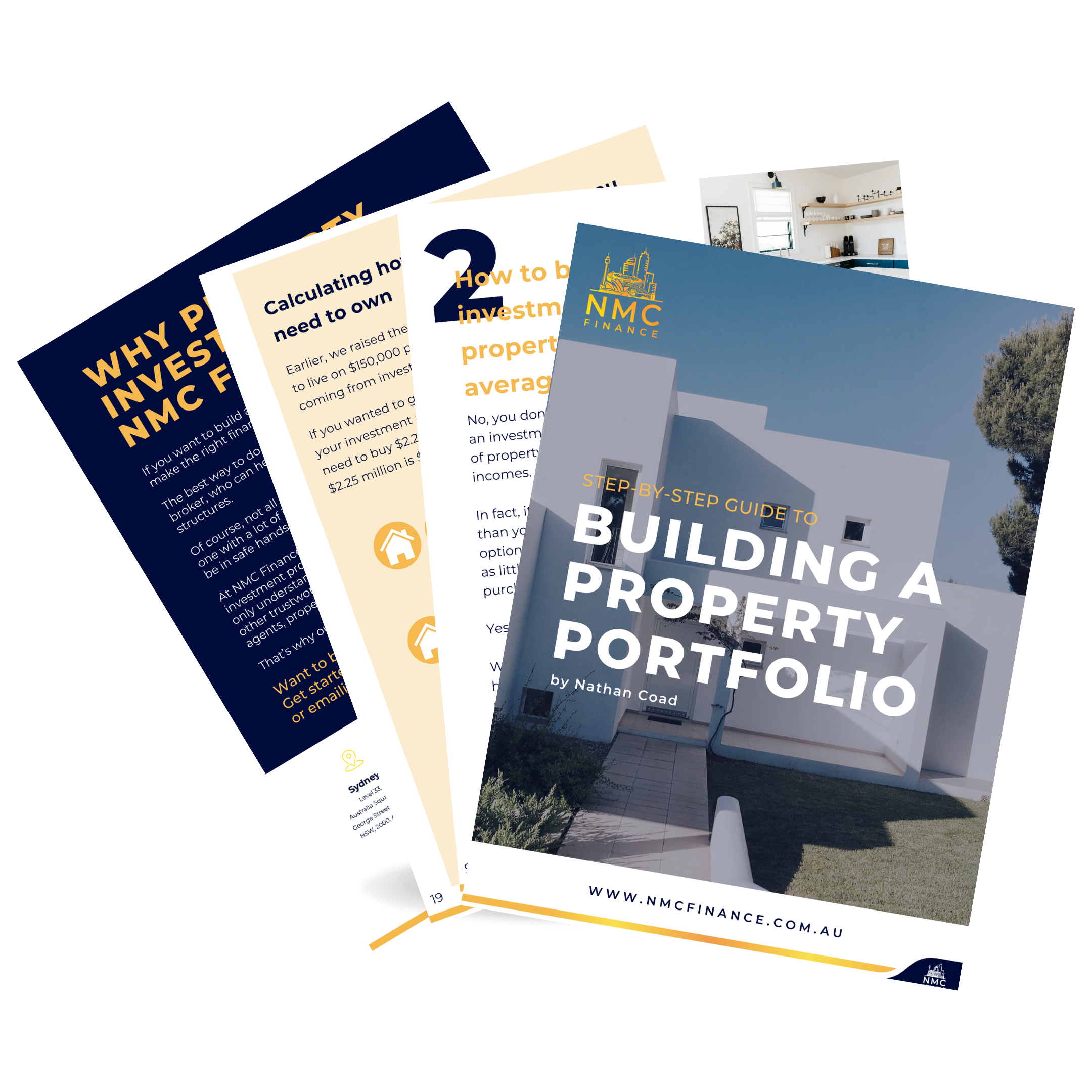Life has a funny way of surprising us in the future—both in the best and most challenging ways. Your finances, much like your plans, often take the brunt of these surprises.
From unexpected interest rate hikes to major milestones like growing your family or switching careers, your home loan should be built to adapt.
Future-proofing your home loan isn’t just about making it through today—it’s about creating a financial safety net for the unexpected twists tomorrow might bring.
Here’s how you can structure your loan to keep pace with life’s changes, both big and small.
Why flexibility is a non-negotiable
When you signed your home loan agreement, it was probably tailored to your financial situation at that time. But life rarely stays static.
Changes like welcoming a new family member, dealing with health challenges, or adjusting to a new job can suddenly shift your financial priorities.
And let’s not forget external curveballs like rising interest rates, which can throw even the most carefully crafted budgets into chaos.
This is where flexibility becomes your best financial ally. A well-structured home loan should adjust as your life evolves, giving you breathing room to weather whatever comes your way—without added stress.
Features that work with you
When choosing a home loan, the bells and whistles matter. These key features can help you roll with life’s punches while staying in control of your finances:
1. Offset accounts
Imagine a feature that helps you save on interest while keeping your funds accessible. That’s an offset account! It links to your home loan, and the balance reduces the amount you owe interest on.
For instance, if your loan is $700,000 and you’ve got $50,000 sitting in your offset account, you’ll only pay interest on $650,000.
Why it’s great:
- Perfect for those with savings or who receive regular income.
- Keeps your money within reach for emergencies or big expenses while saving you thousands in interest.
2. Redraw Facilities
Have you been making extra repayments on your loan? A redraw facility gives you access to those funds if you need them.
It’s a financial lifeline for times when life doesn’t go to plan—think of sudden medical bills or unexpected income drops.
3. Fixed vs. Variable Interest Rates
Can’t decide between the stability of fixed rates or the flexibility of variable ones? Why not have both?
Splitting your loan gives you the best of both worlds: the security of fixed repayments with the potential to save on the variable portion if rates drop.
How to plan for interest rate surprises
Interest rates are the wildcards of the home loan world—they can climb unexpectedly, putting pressure on your budget. But you don’t have to be caught off guard.
1. Build a buffer
If rates are low, avoid stretching your borrowing capacity to its limits. Instead, budget as though rates were higher, giving yourself a cushion to absorb any increases down the track.
2. Make extra repayments
During periods of low rates, chip away at your loan by making additional repayments. It’ll shrink your balance faster and give you breathing room if rates spike later.
3. Prepare for life’s milestones
Your home loan should evolve alongside you—through all the highs, lows, and unexpected turns. These strategies can help keep your loan manageable during life’s big moments:
4. Maintain an emergency fund
Aim to save three to six months’ worth of living expenses. This safety net can cover your mortgage repayments (and other essentials) during tough times.
5. Review your loan regularly
Life changes, and your loan should too. Schedule regular check-ins with your mortgage broker to make sure your loan still suits your current circumstances.
6. Consider loan portability
Planning to upgrade to a new home? A portable loan lets you transfer your mortgage to your next property, sparing you the hassle and costs of refinancing.
Avoid the common pitfalls
Even with the best intentions, it’s easy to stumble into these traps:
- Over-borrowing: Stretching your budget to its limits leaves no room for unexpected expenses.
- Ignoring rate changes: Assuming rates will stay low can lead to trouble when they rise.
- Underutilising features: Many borrowers overlook tools like offset accounts or redraw facilities that could make a big difference.
The key to future-proofing
Let’s face it—navigating the world of home loans can feel overwhelming. That’s where a mortgage broker comes in.
Not only can they help you identify the most suitable loan options, but they’ll also stay on top of market trends to ensure your loan remains competitive.
Think of them as your financial guide, helping you make informed decisions and keeping your loan aligned with your goals.
The bottom line
Future-proofing your home loan is about being proactive, not reactive. By choosing flexible features, preparing for interest rate changes, and planning for life’s milestones, you’ll create a loan that grows and adapts with you.
* This blog is intended for general informational purposes only. For personalised advice tailored to your unique financial situation, please contact NMC Finance.

